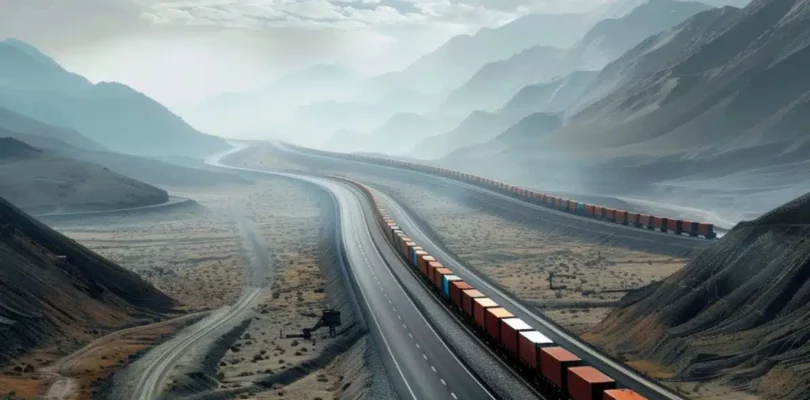The Japanese government has unveiled an ambitious plan to construct a 310-mile automated conveyor belt road, known as the Autoflow-Road, between Tokyo and Osaka. This innovative project aims to address the country’s logistics challenges while significantly reducing environmental impact. The conveyor belt system is designed to transport goods, replacing the need for approximately 25,000 trucks daily.
Reducing Carbon Emissions
One of the primary environmental benefits of the Autoflow-Road is its potential to drastically cut carbon emissions. Traditional truck-based freight transport is a major contributor to greenhouse gas emissions. By shifting to an automated conveyor belt system, Japan aims to lower its carbon footprint, aligning with its goal to reduce greenhouse gas emissions by 46% by 2030. The reduction in diesel consumption from fewer trucks on the road will also decrease particulate matter, improving air quality.
Efficient Use of Road Space
The Autoflow-Road will utilize existing road infrastructure, including tunnels beneath highways and tracks along hard shoulders and median strips. This efficient use of space minimizes the need for new construction, thereby reducing the environmental disruption typically associated with large infrastructure projects. The automated system will operate 24/7, ensuring a steady flow of goods and reducing traffic congestion.
Addressing the Driver Shortage
Japan’s aging population and declining number of truck drivers have exacerbated logistics challenges. The Autoflow-Road offers a sustainable solution by automating freight transport, thus reducing the reliance on human drivers. This not only addresses the labor shortage but also contributes to a more sustainable and efficient logistics network.
Conclusion
The Tokyo-Osaka conveyor belt road project represents a significant step towards sustainable freight transport. By reducing carbon emissions and optimizing road space, it promises to deliver both environmental and logistical benefits, setting a precedent for future infrastructure projects.
